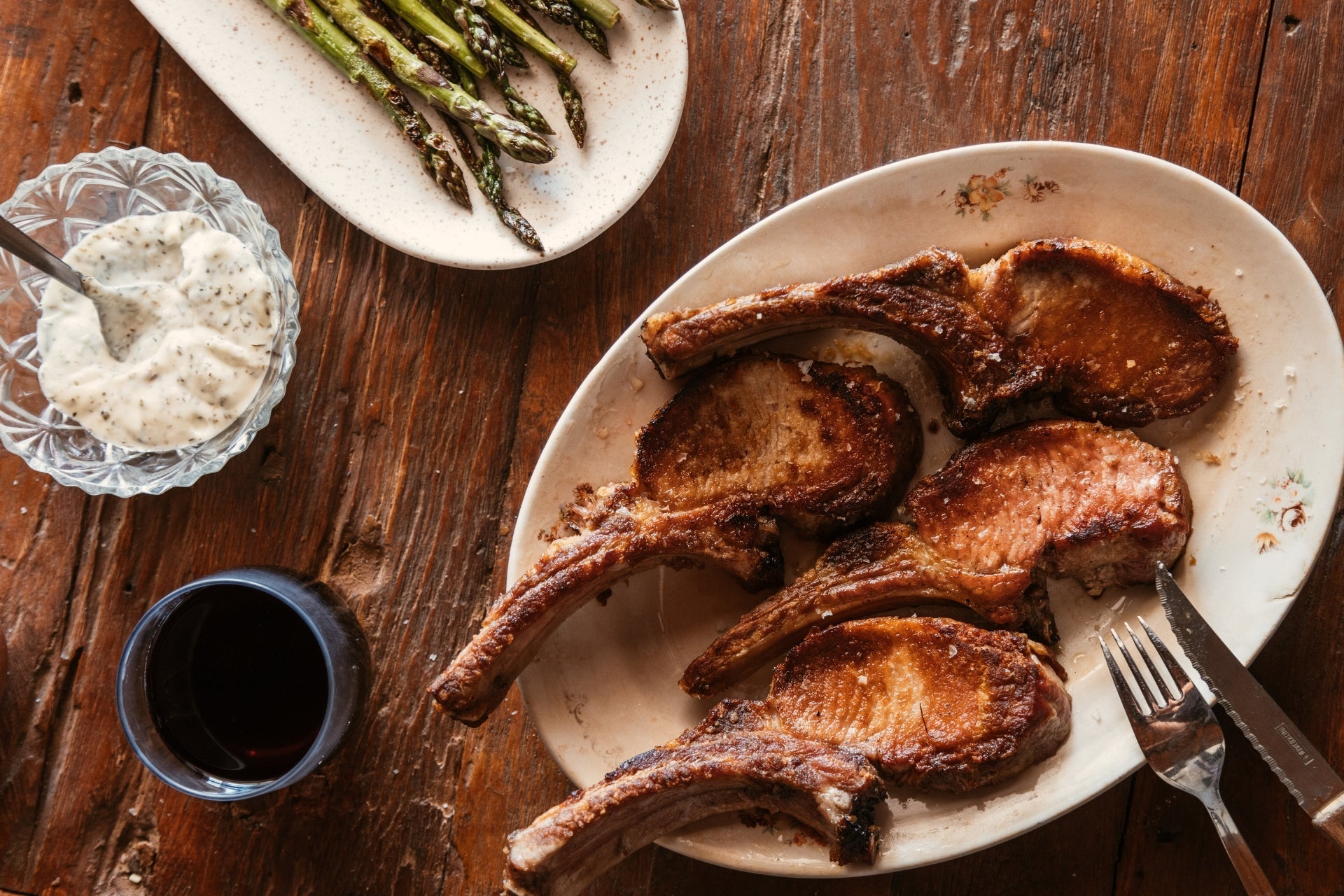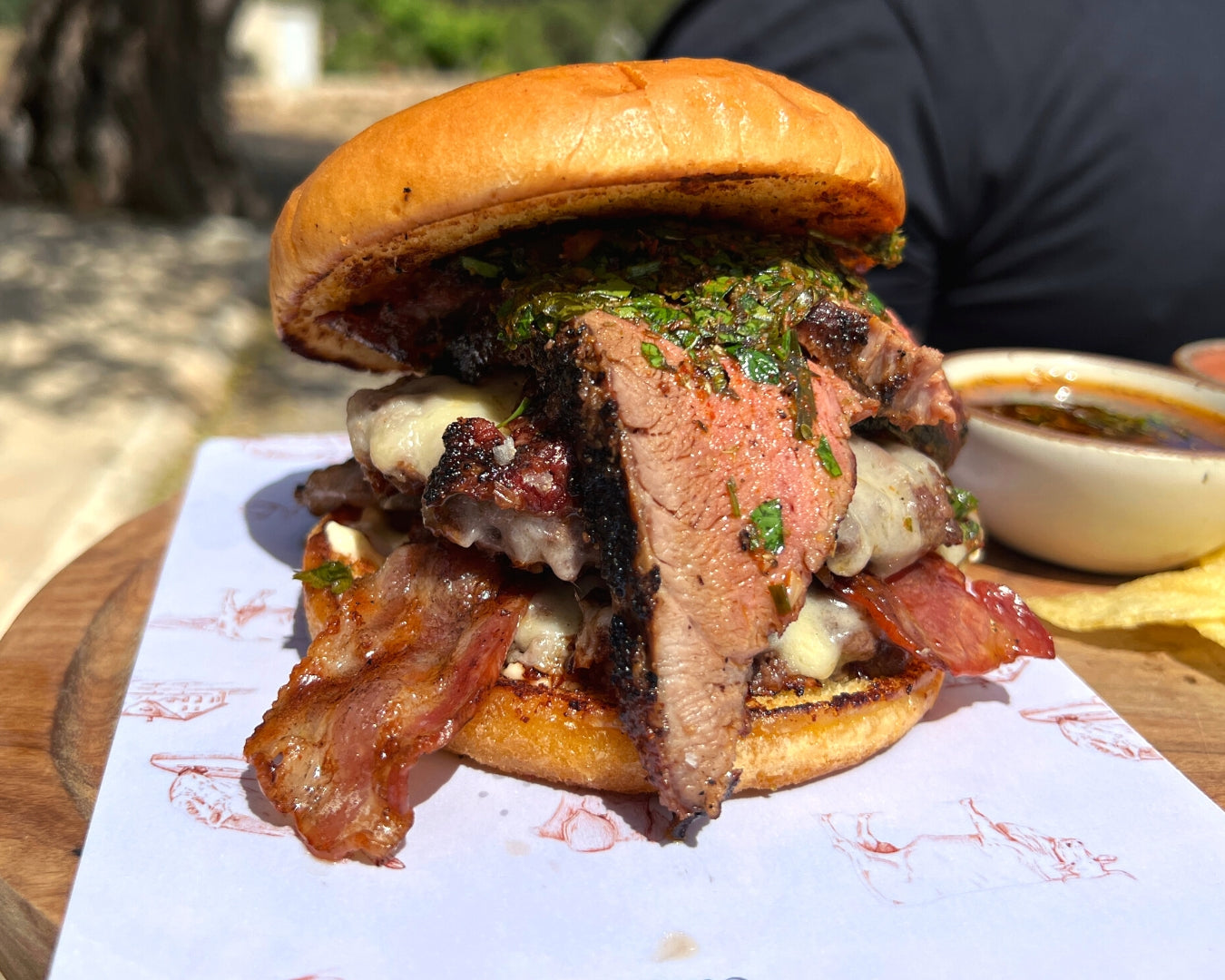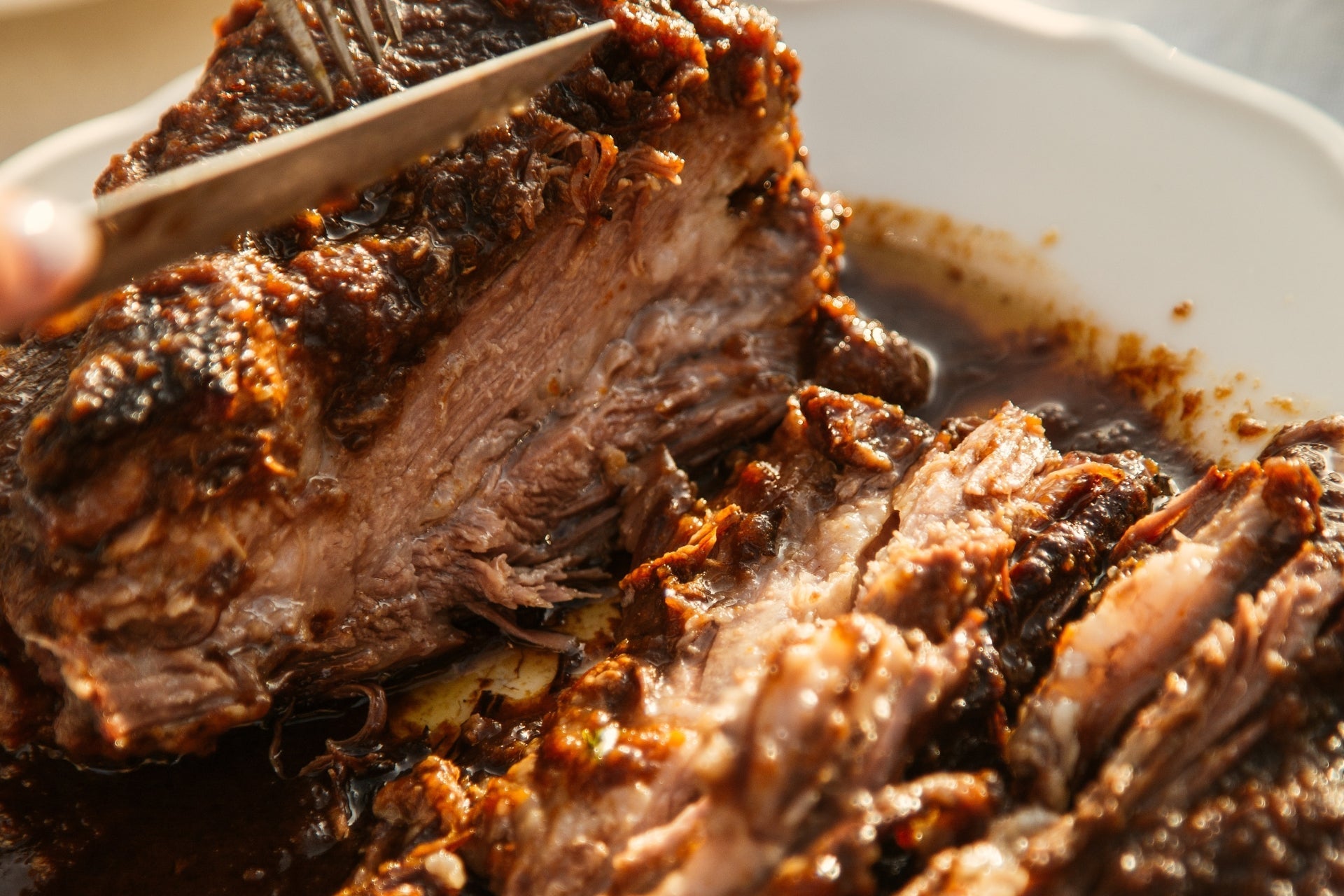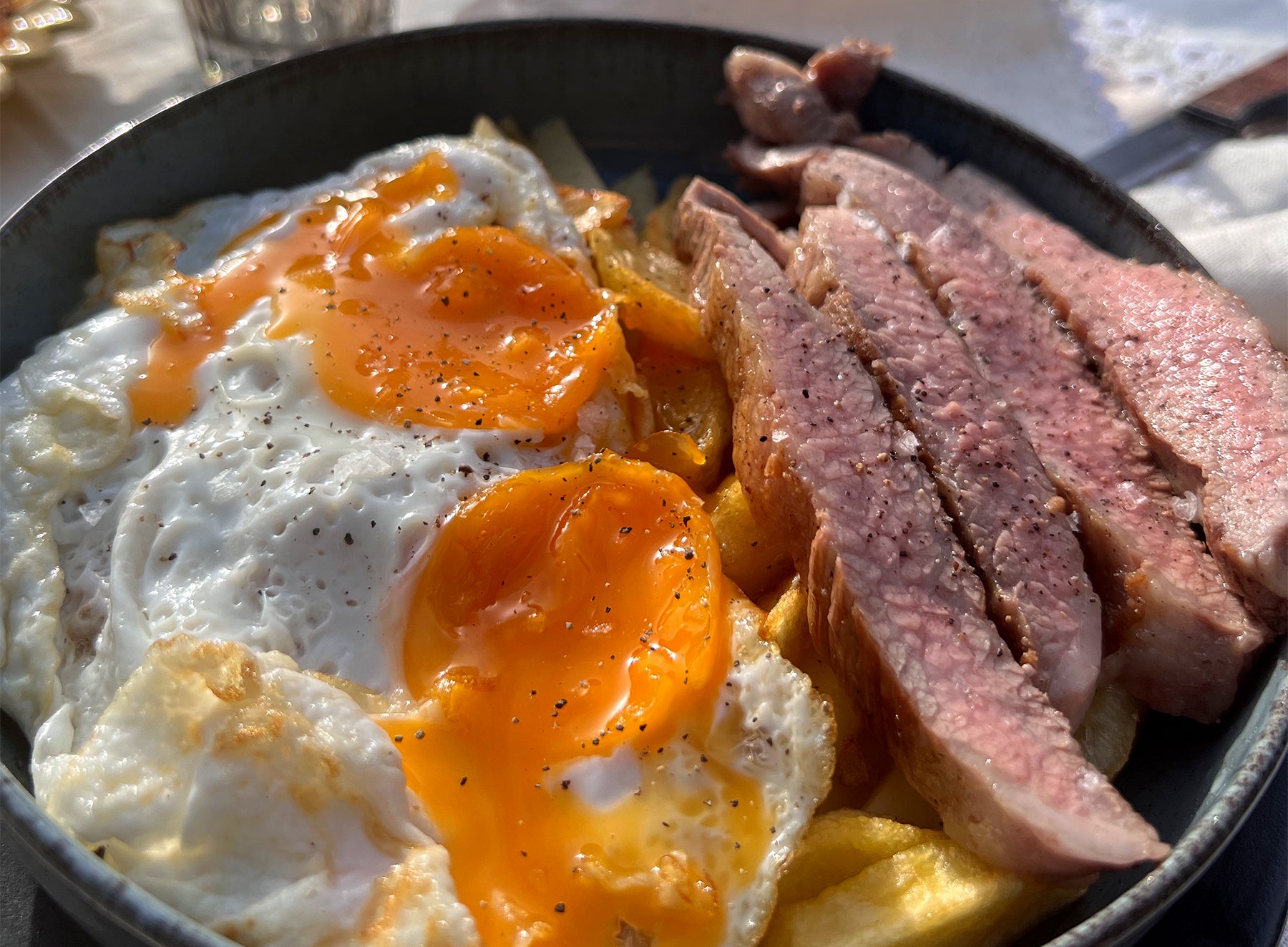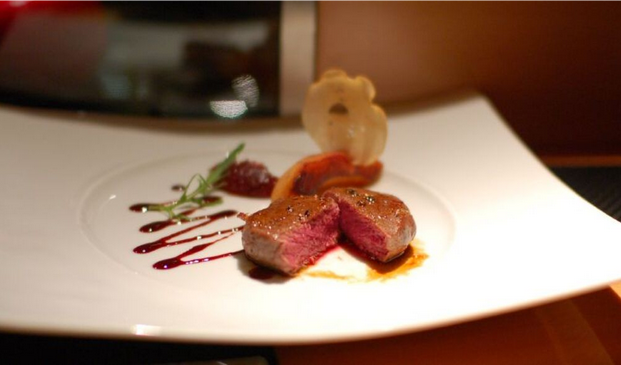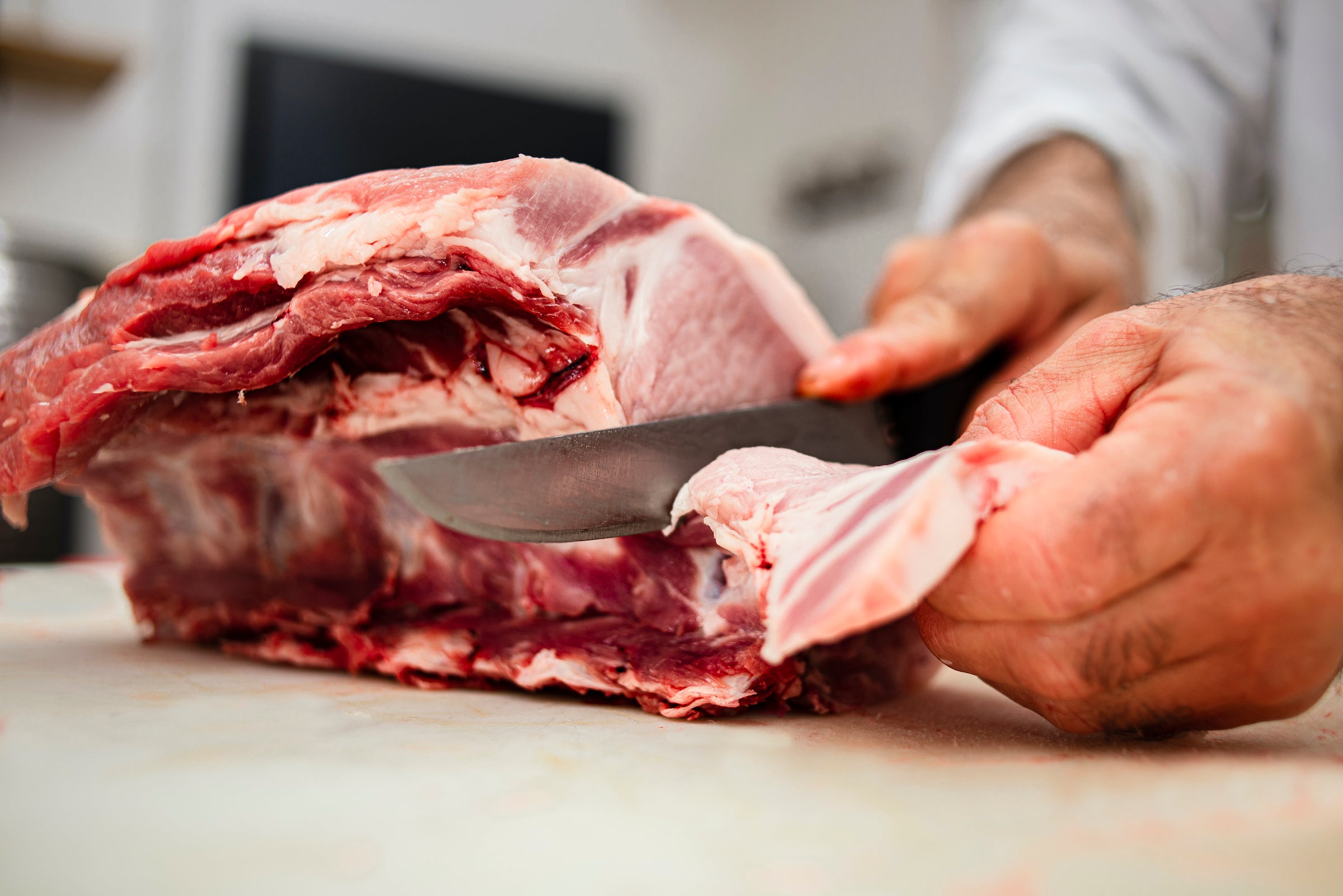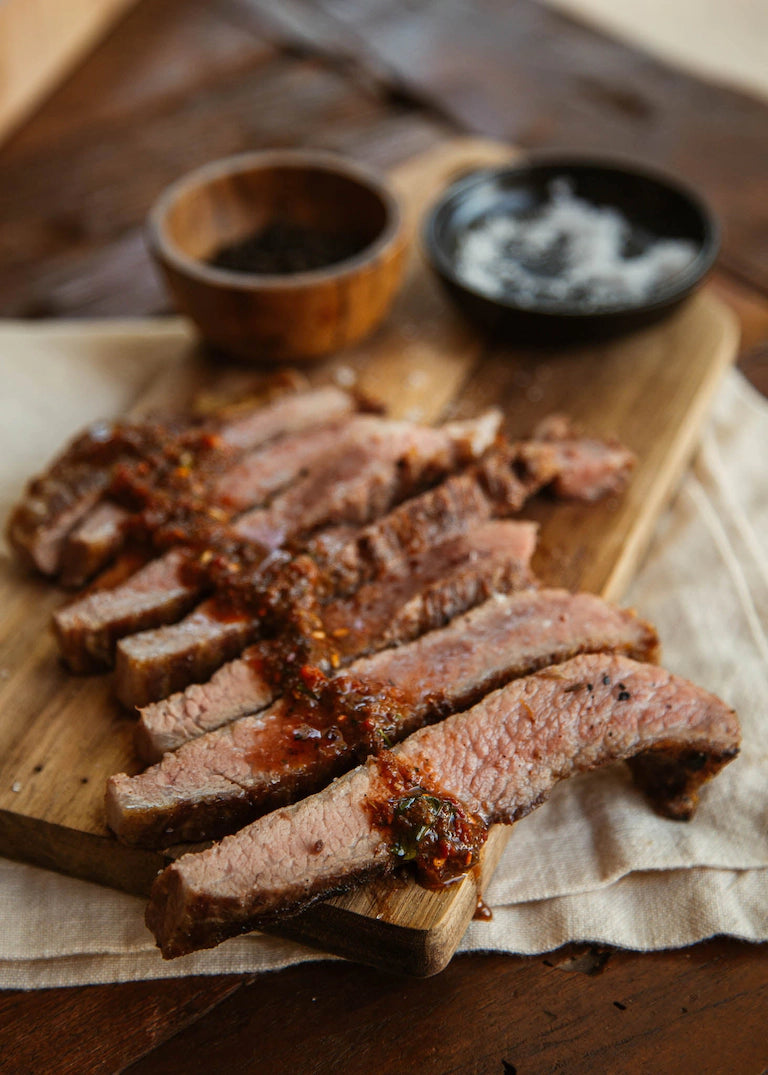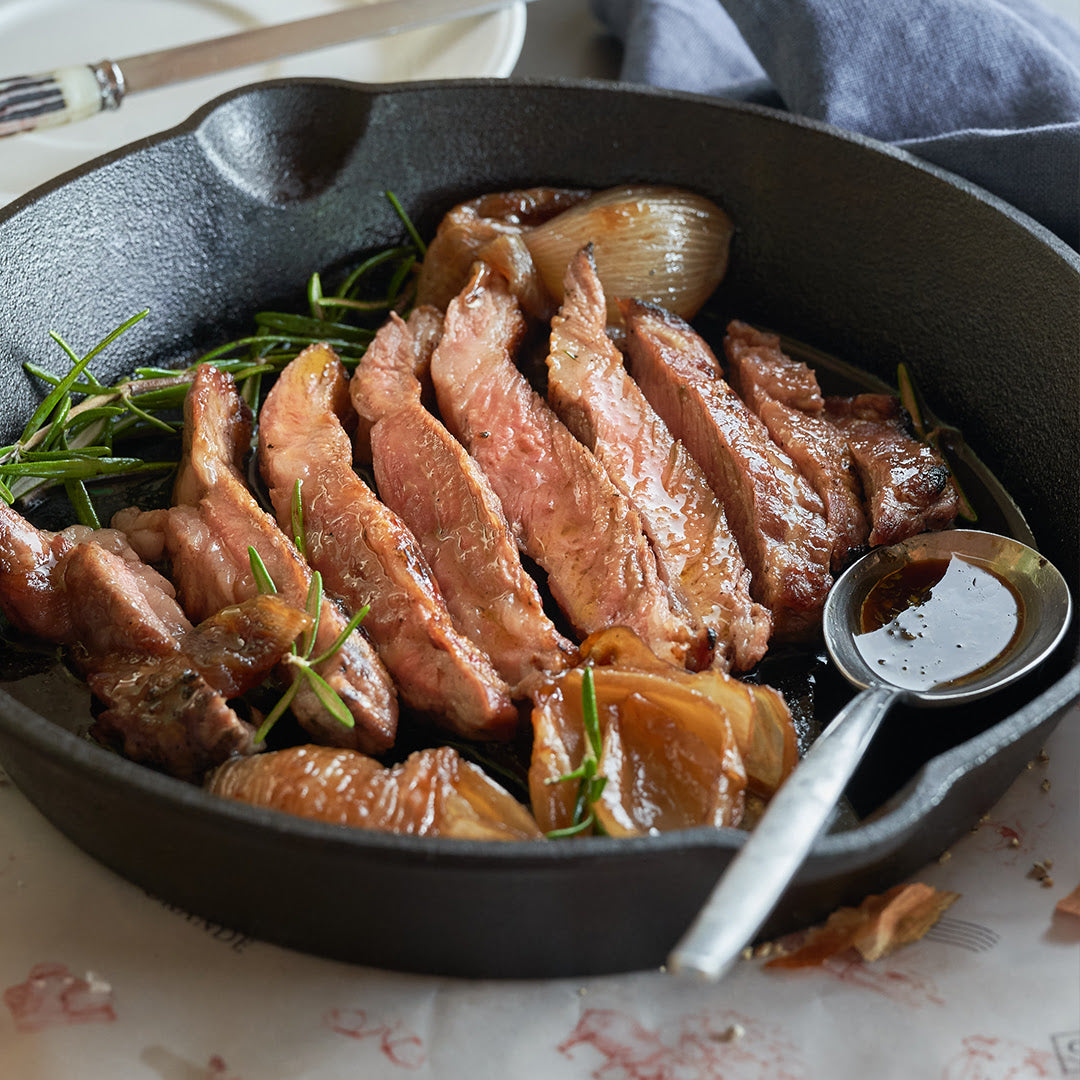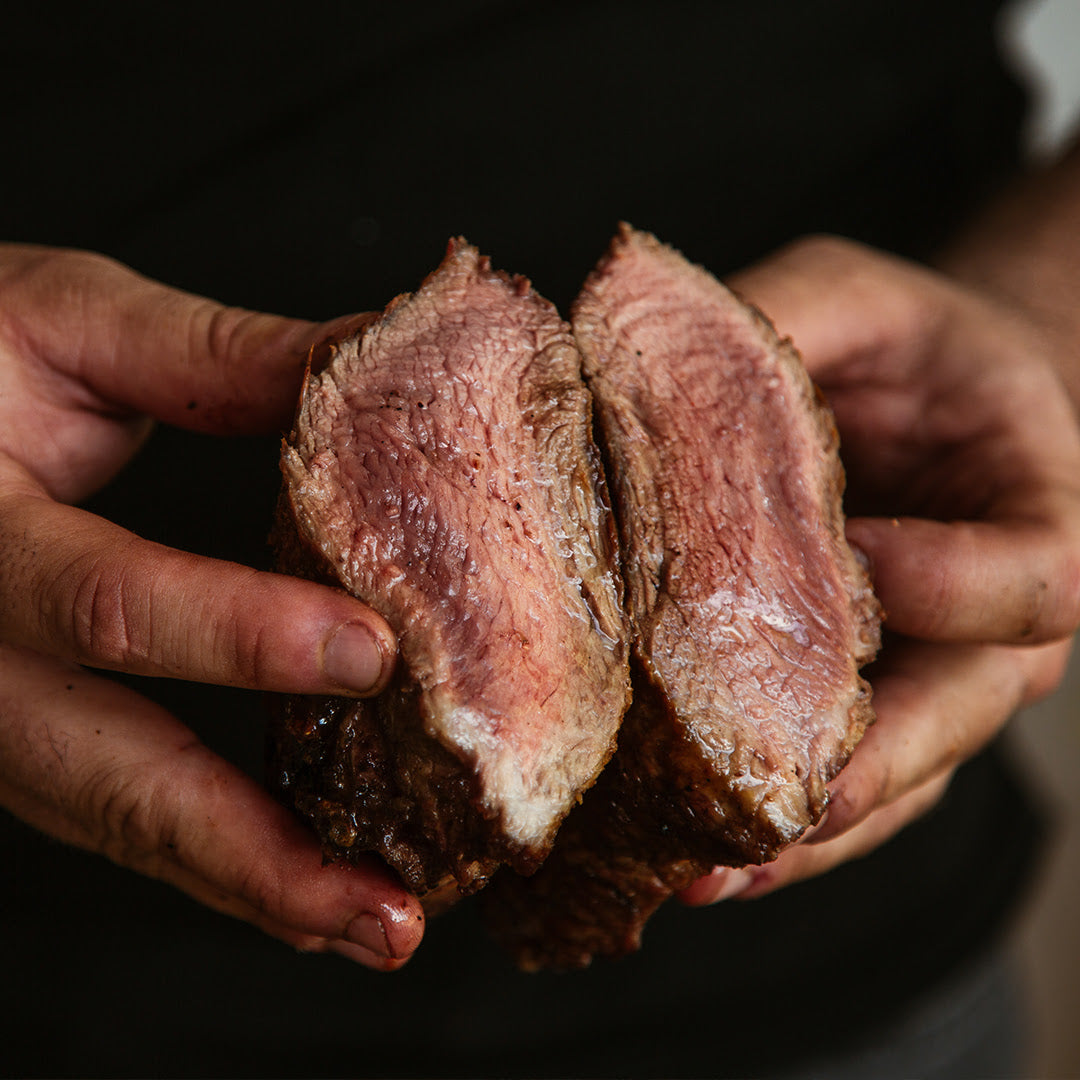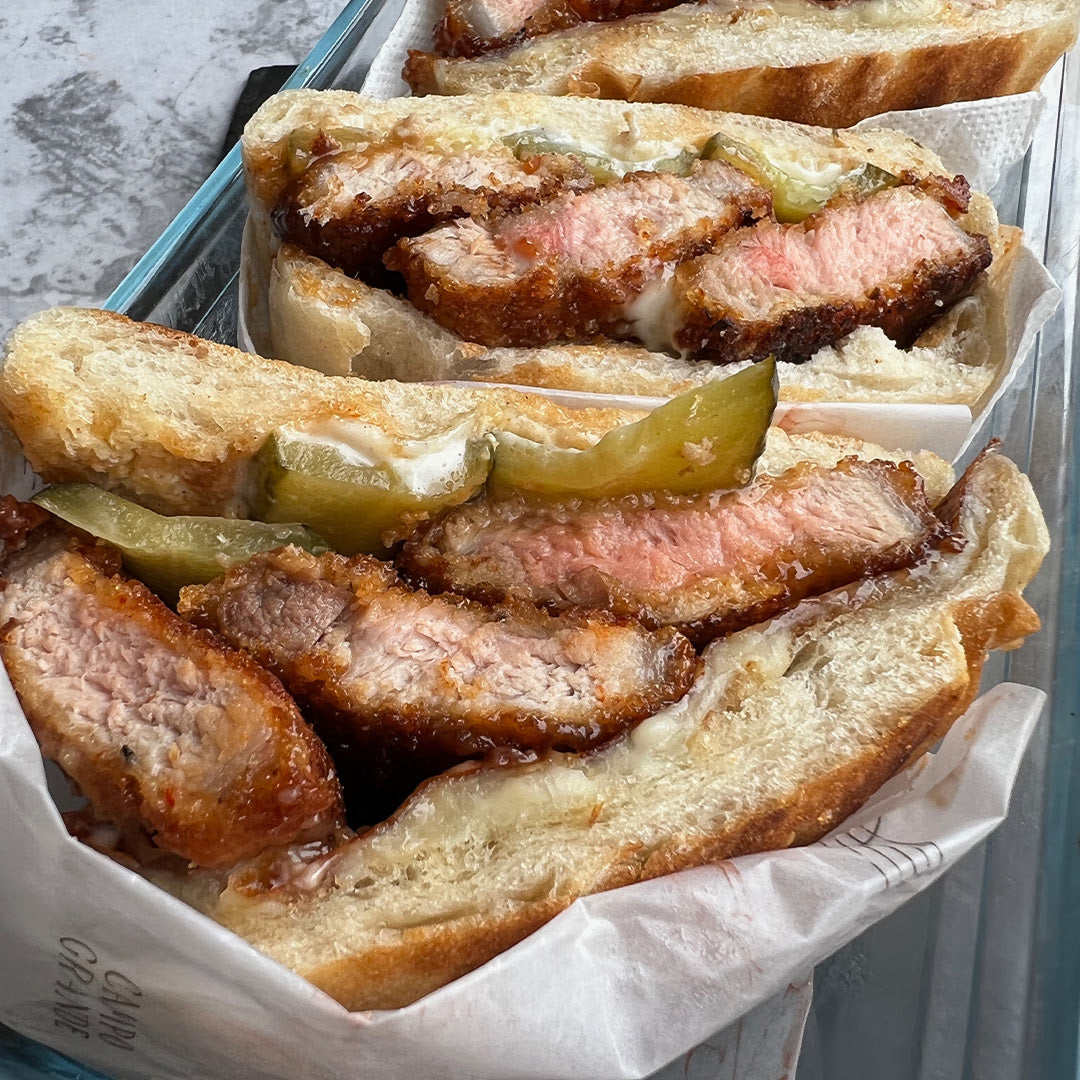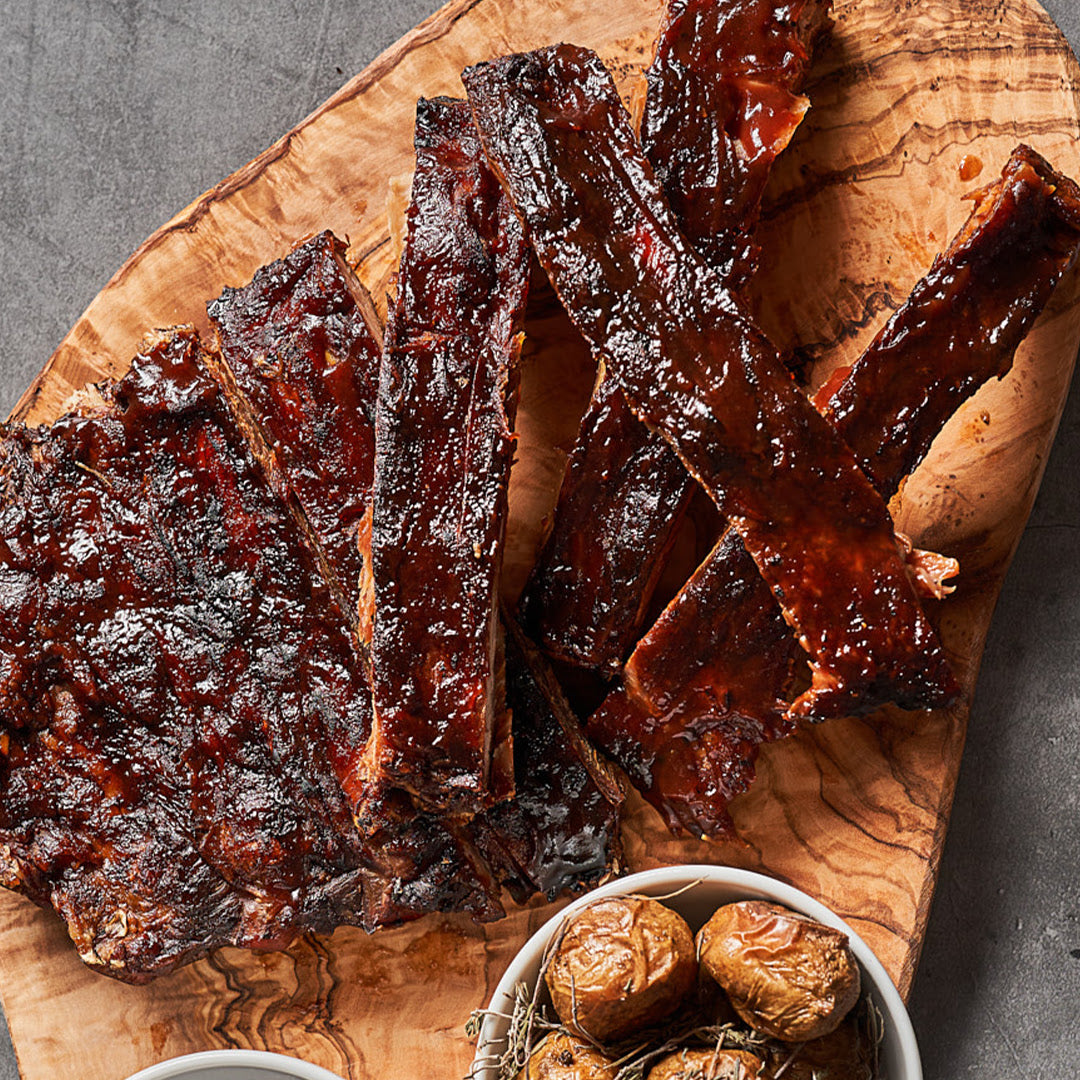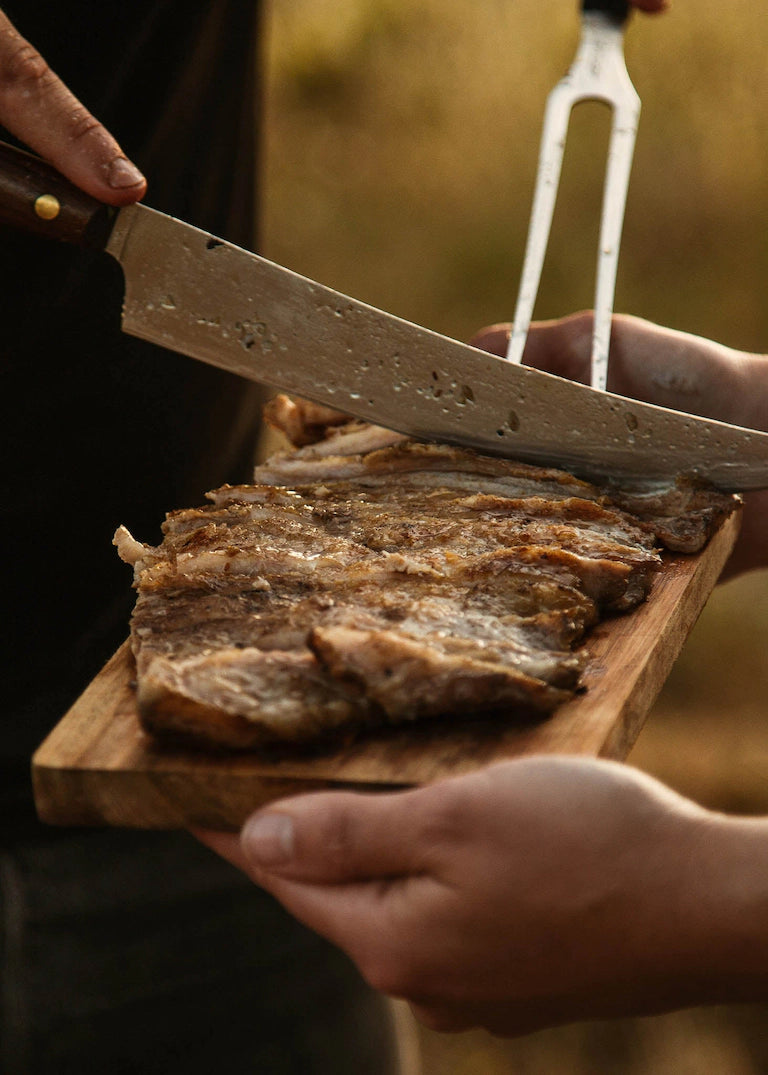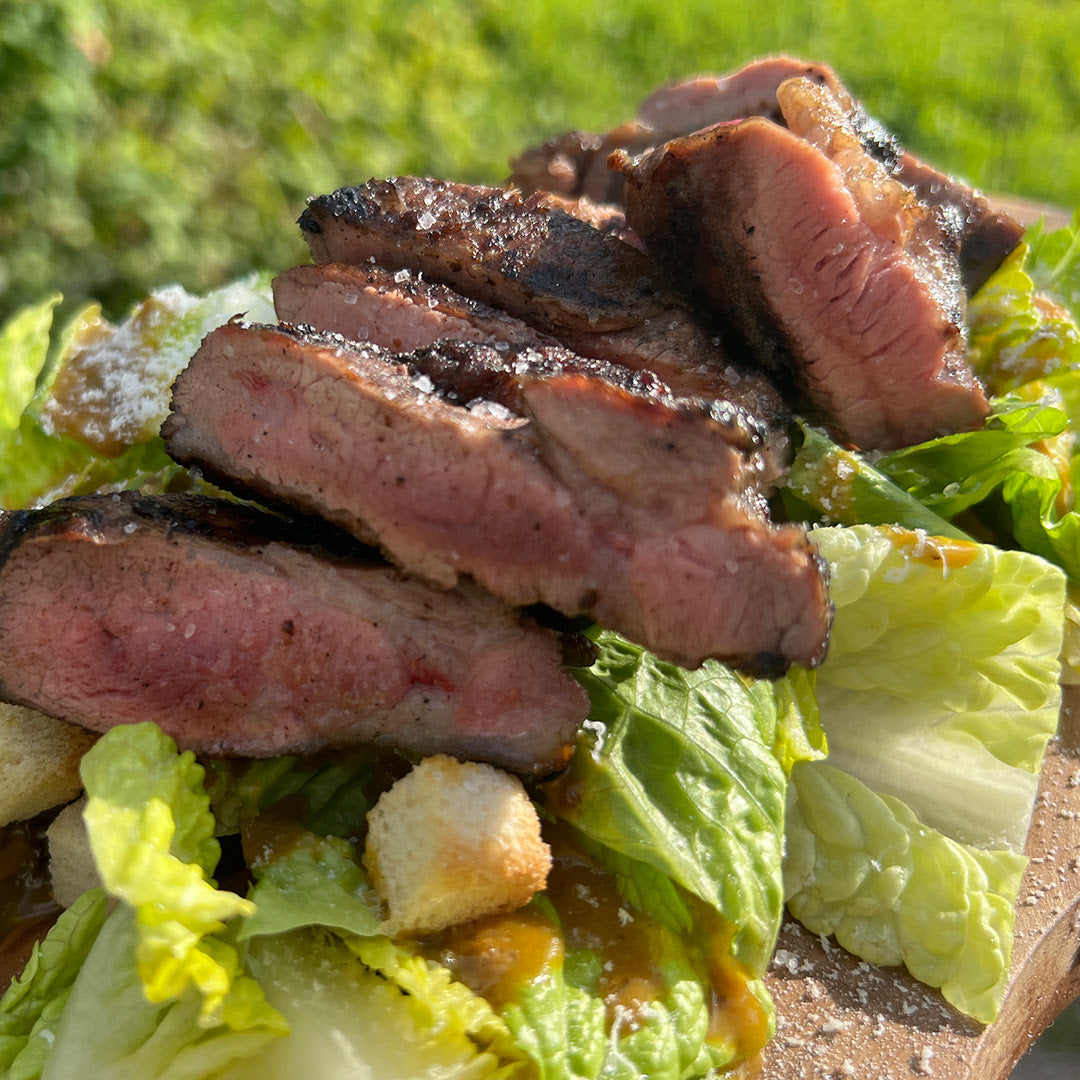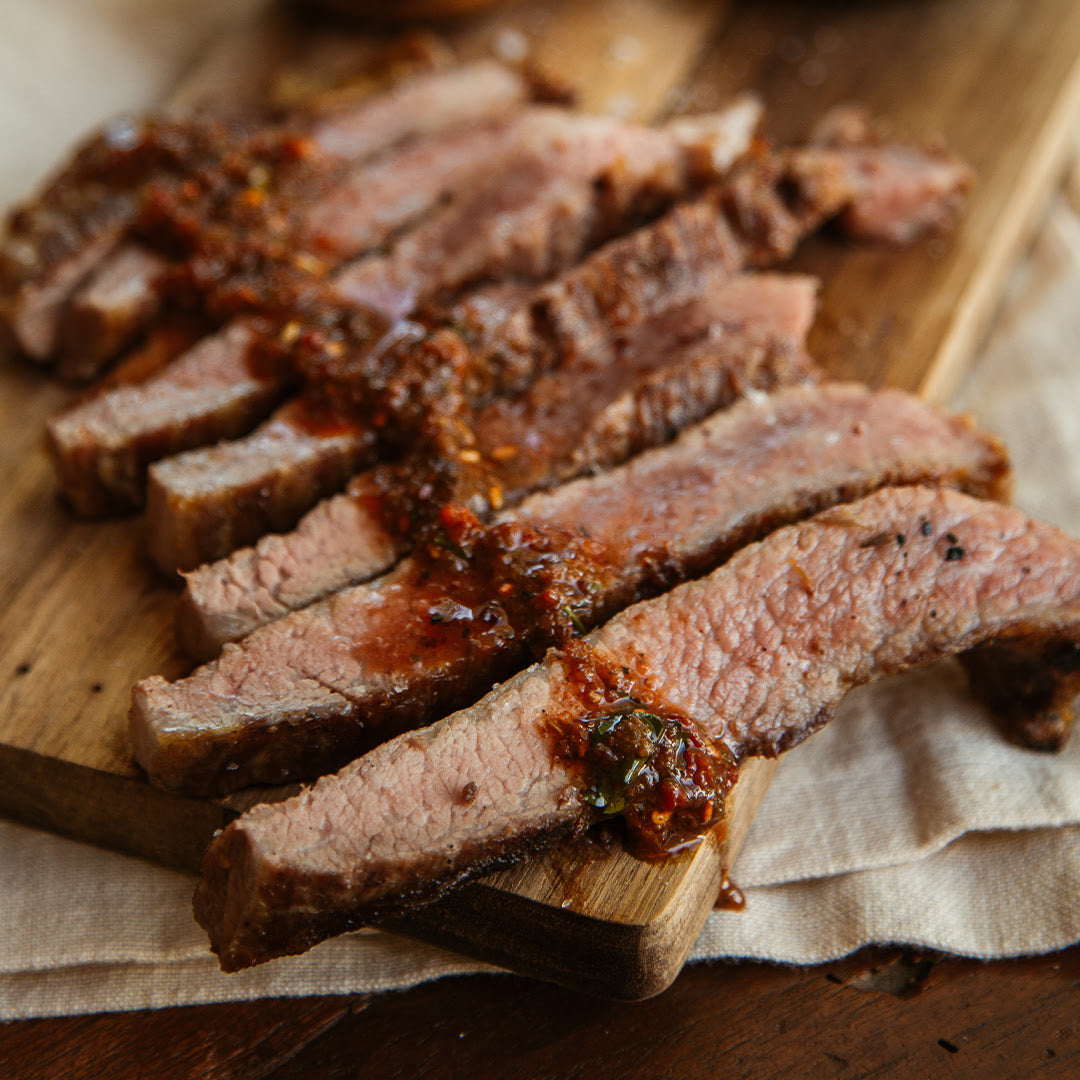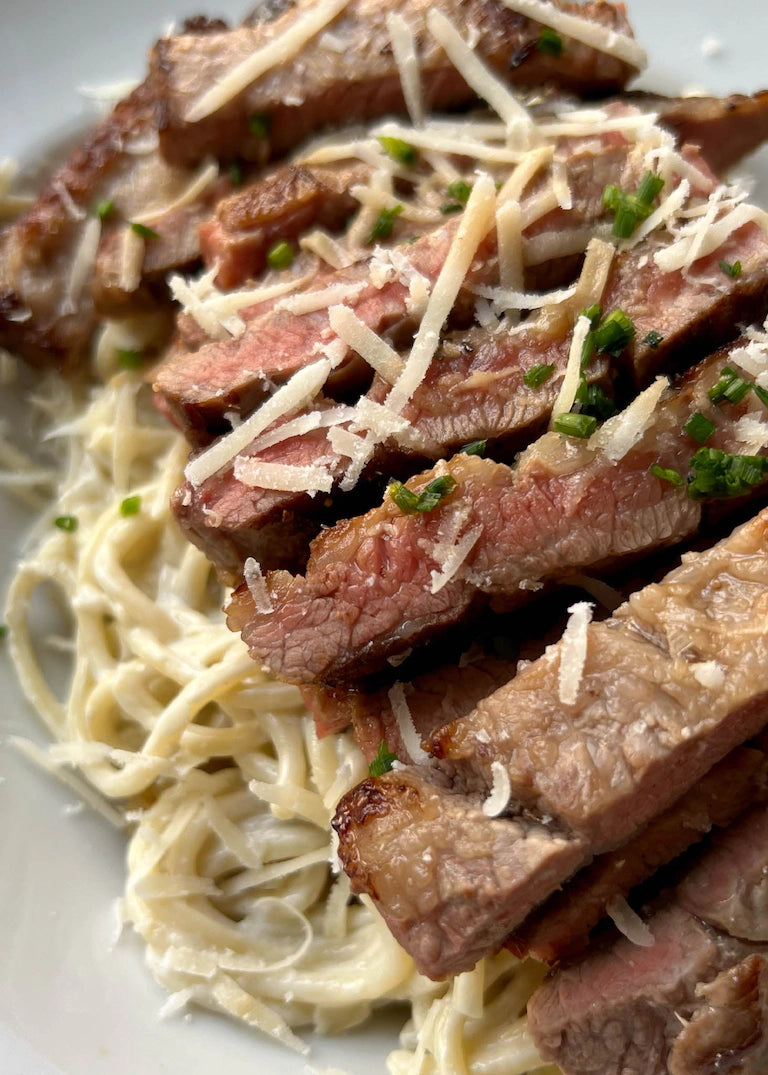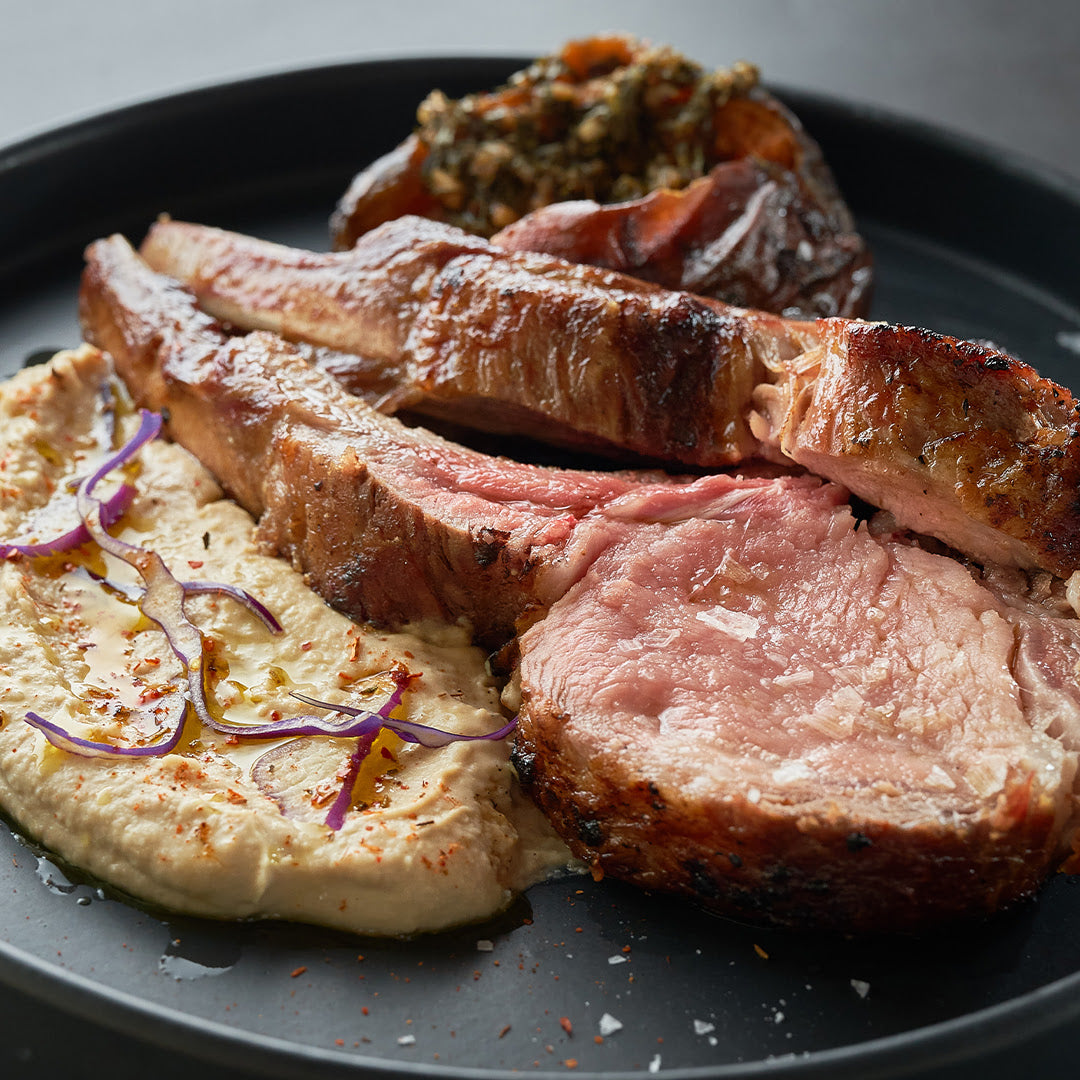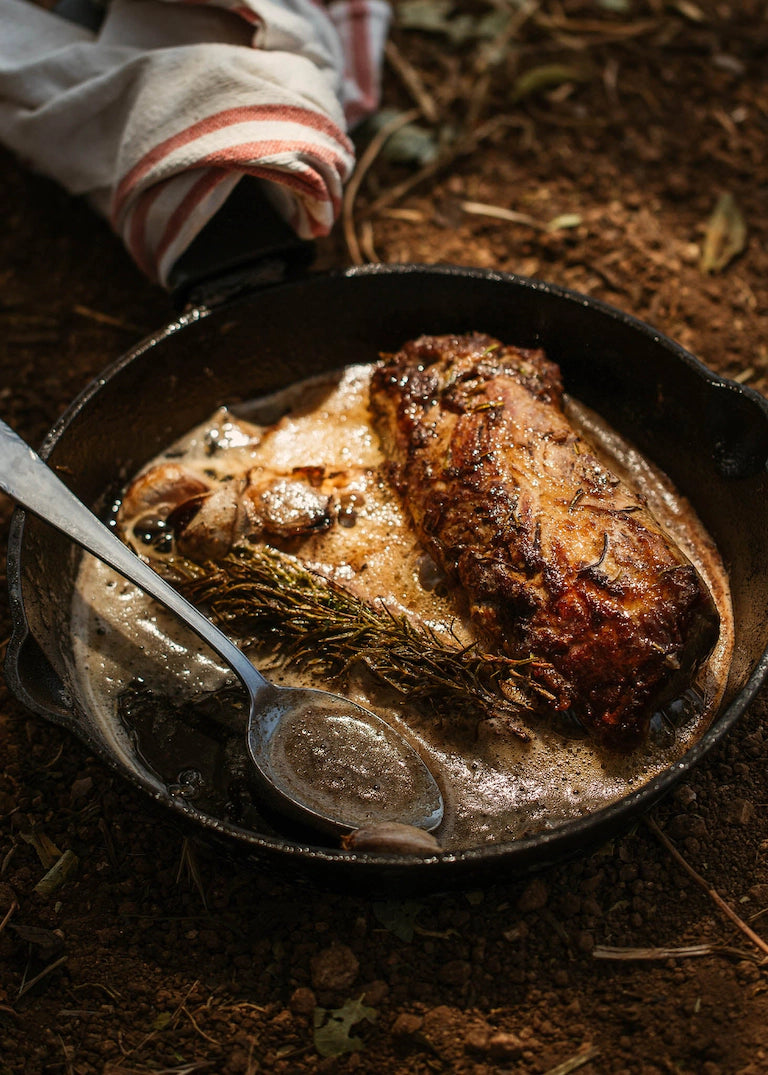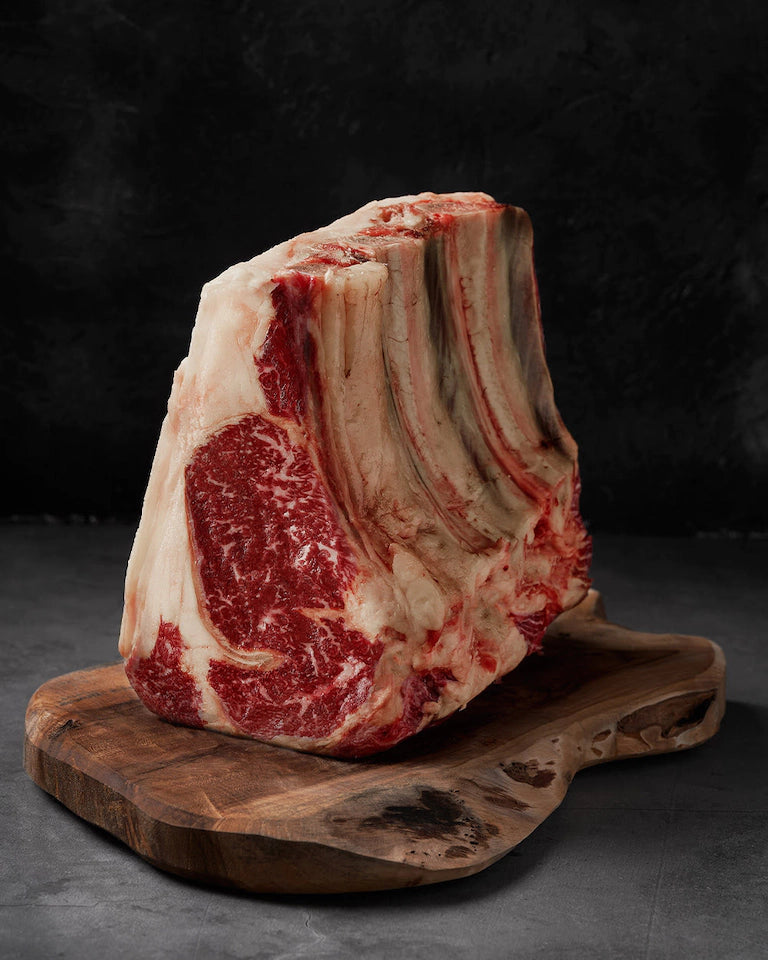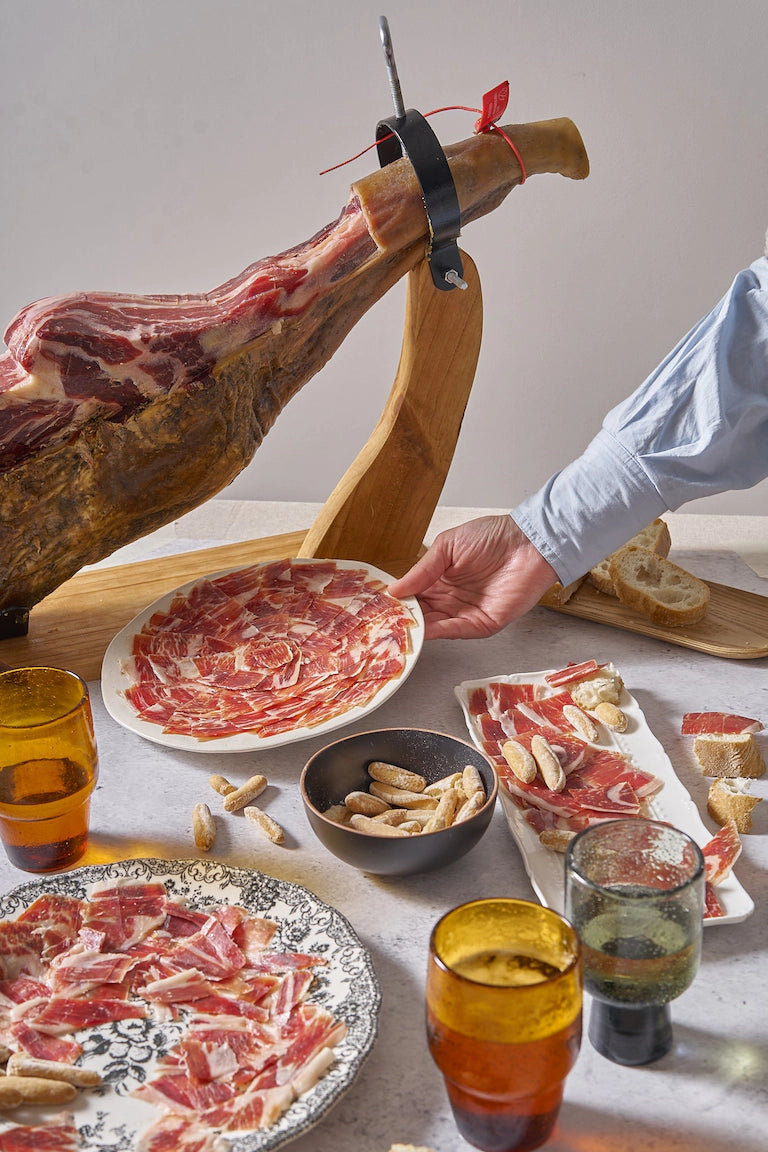
Ham is a delicious and highly appreciated delicacy in Spanish gastronomy. Cutting ham is a culinary skill and an art that requires technique and precision. If you want to learn to slice ham like a professional, follow these steps and surprise your guests with an exquisite presentation.
Choice of ham
The first thing to do is to select a good ham. Opt for quality ham, preferably from the Iberian pig, known for its exceptional flavor and texture. This pig is free-ranging and feeds mainly on acorns, which gives it a unique flavor and a juicy, smooth texture.
On the other hand, make sure that the ham you choose is at its optimum curing point, which its aroma and firmness can identify to the touch. A well-cured ham will have a pleasant and characteristic smell, varying from sweet and fruity notes to more intense and smoky nuances. To the touch, the ham should feel firm but slightly flexible, indicating that it has lost some water content and is ready to be consumed.
Another aspect to consider when choosing a ham is the type of curing. There are two main types: Serrano ham and acorn-fed Iberian ham. Serrano ham is more affordable and is cured for a shorter period of time, generally between 9 and 12 months.
Acorn-fed Iberian ham is cured for a more extended period of time, which can vary between 24 and 48 months, depending on the amount of acorns the pig has consumed during its life. This acorn feeding gives Iberian ham more significant fat infiltration, making it a premium option.
In addition, it is important to consider the origin of the ham. Some regions in Spain are known for producing high-quality hams, such as Jabugo, Guijuelo, and Extremadura. These areas have favorable climatic and geographical conditions, which influence the product's final quality. Pay attention to the labels and quality seals that certify the origin and type of ham you buy to make a better choice.
Necessary tools
To cut ham, you will need some specific tools. These are the essential elements that will help you make a precise cut:
- Jamonero: A unique holder designed to hold the ham securely while you cut it.
- Ham knife: A long, thin knife with a flexible blade that makes it easier to cut the ham.
- Chaira: A steel rod to sharpen the knife and maintain its edge during the cutting process.
Steps to cut ham
Once you have all the necessary elements and have chosen the best possible ham, follow these steps to learn how to cut it correctly:
- Attach the ham: Place it in the ham holder, ensuring it is securely fastened. Adjust the position so the leg faces upwards, and you can work comfortably.
- Remove the rind: Use the ham knife to remove the layer of rind covering the ham. Make shallow cuts and gradually release the rind.
- Make the initial cut: In the narrowest part of the ham, make a "V" shaped cut to facilitate the beginning of the cut. This cut will allow thinner and more uniform slices to be obtained.
- Cutting thin slices: With the ham knife, start cutting thin slices of ham from the narrowest part towards the widest part. Hold the knife at an angle of approximately 45 degrees and make smooth, continuous movements.
- Cut in sections: As you progress in slicing, you will find different sections of the ham, such as the maza, contra, or punta. Adapt your technique according to the part you are cutting, considering each section's characteristics.
- Turn the ham: As you consume a section, turn the ham in the ham holder to facilitate access to other areas and continue obtaining delicious slices.
- Sharpening the knife: Regularly use the sharpening steel to sharpen the knife and maintain its edge. Slide the knife edge along the sharpening steel in smooth, repetitive movements.
Presentation and tasting
Once you have finished slicing the ham, it is time for presentation and tasting. Arrange the slices of ham on a plate or wooden board, ensuring they are attractively arranged. Accompany the ham with freshly baked bread, sliced tomato, and extra virgin olive oil for a complete culinary experience.
Remember that ham slicing requires practice and patience. Over time, you will perfect your technique and be able to delight your guests with masterfully sliced ham, so don't be discouraged if the first time the slices are not perfect; just enjoy the process and the exquisite taste of Spanish ham!
